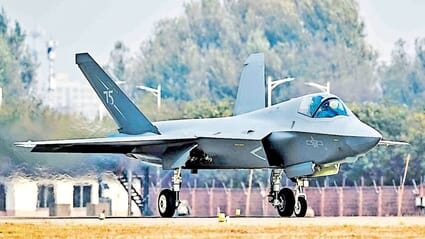Reports surfaced recently that China has greenlit the sale of advanced fighter jets to Uzbekistan, a move that signals a deepening military partnership between Beijing and the Central Asian nation.
According to sources close to Uzbekistan’s Ministry of Defense, cited by regional defense outlets, the deal could involve modern aircraft such as the JF-17 Block III, J-10C, or even the fifth-generation J-35, though no official confirmation has pinned down the exact model.
Alongside this, Uzbekistan has been steadily integrating Chinese air defense systems, including the HQ-9B, FM-90, and KS-1C, as part of a broader shift away from its aging Soviet-era arsenal.
This development, emerging just days ago, underscores a strategic pivot for Uzbekistan, a country historically tethered to Russian military hardware, and raises questions about the evolving balance of power in Central Asia. For a region long caught between global powers, this deal could mark a new chapter, not just for Uzbekistan’s air force but for China’s ambitions as a global arms supplier.
Uzbekistan’s air force has relied heavily on Soviet-designed aircraft like the Su-27 and MiG-29, both of which are nearing the end of their operational lives. These fourth-generation fighters, introduced in the 1980s, were once cutting-edge but now struggle to match the capabilities of modern platforms.
The Su-27, a twin-engine heavy fighter, was designed for air superiority, boasting a top speed of Mach 2.35 and a combat radius of about 1,500 kilometers. Its counterpart, the lighter MiG-29, excels in dogfights with its agility and thrust-vectoring engines but lacks the range and payload of heavier jets.
Uzbekistan’s need for replacements has been clear for years, with earlier reports suggesting interest in Russia’s Su-30SM or France’s Rafale. Yet, the potential turn to China reflects a pragmatic choice, driven by cost, availability, and shifting geopolitical realities.














